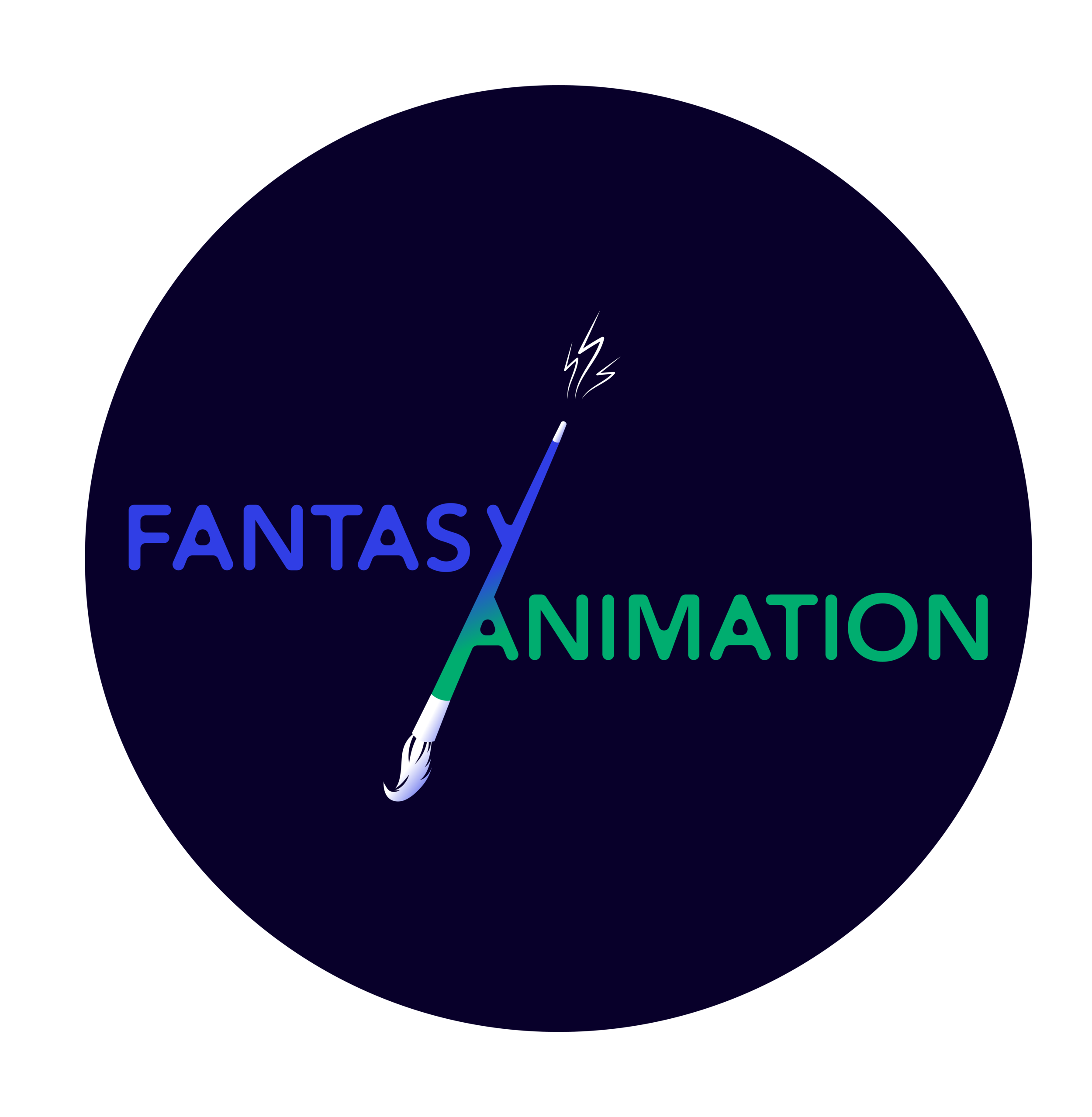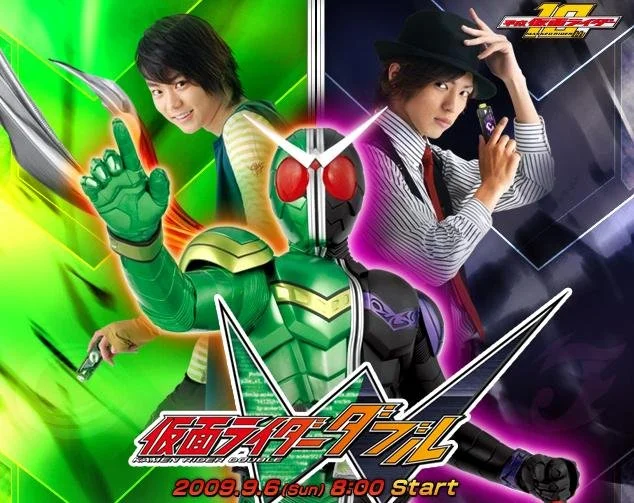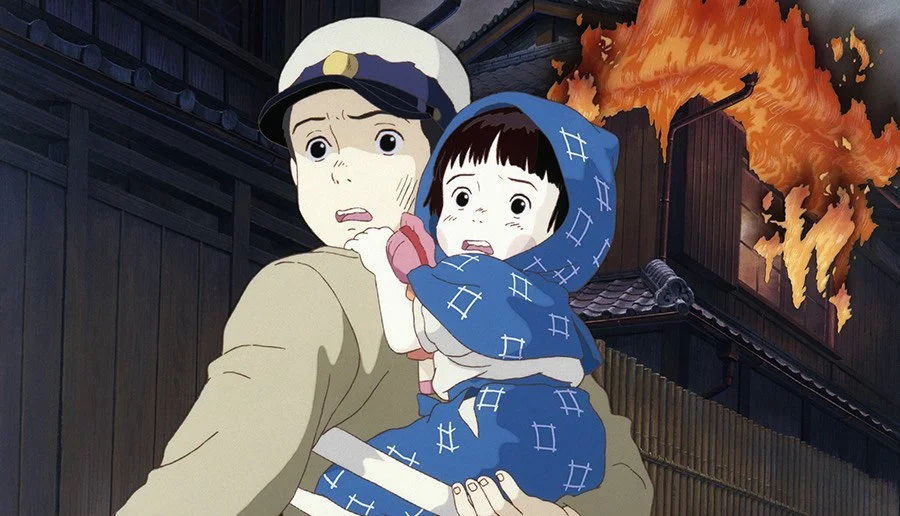There's something special happening in the world of mobile gaming, and it goes by the name Wuthering Waves. Released in May 2024, this action RPG from Kuro Games has quickly become the game everyone's talking about—and for good reason. It's not just another anime game trying to grab your attention with flashy visuals. This one actually delivers on its promises.
Read MoreThe third exploration in this series focuses on those musicians and artists who prefer to foster a sense of obscurity and anonymity within the medium, therefore offering an alternative to the approaches to persona projection in the music video format made by Bono and Holly Johnson described in the previous two posts. In 1996, Fluke (John Fugler and Mike Tournier) created one of the main tracks for the new PlayStation game, Wipeout 2097 (Psygnosis) entitled “Atom Bomb.” Fluke were one of several emerging electronica artists who also created tracks for the game, including Leftfield, The Chemical Brothers, The Prodigy and Orbital.
Read MoreAnimation director Shaun Magher, who created the video, recalls that “In 1991, I was keen to establish my own animation studio, after recently graduating from the National Film and Television school, and was represented by a new production company, headed up by Fiona Stylianou, called Popata. We were approached by MCA records to look at a new release from Holly Johnson, who had firmly established his solo career beyond the earlier success with Frankie Goes to Hollywood. Holly wanted to develop a fantasy sci-fi adventure for his latest track Across the Universe, where he and his sidekick, Funky his faithful pooch, would traverse the universe. Johnson wanted a mix of “Tintin styling in a Star Trek universe.”
Read MoreThis piece combines the analytical and contextual writing of Shaun Magher and James Clarke with a series of first-person accounts and recollections offered by Magher relating to a series of specific case studies that illustrate the article’s area of exploration.
Across the spectrum of popular music, there’s a fascinating seam that intersects with music, visual culture, and animation. That intersecting seam is the form of the animated music video. These short animations have a rich tradition, and the animated aesthetic can offer a version of a rock/pop star as a fantasy incarnation of themselves.
Read MoreThe Tricky Women International Animated Film Festival, screening works by female and genderqueer artists, aspires to the fantastical vision, “to imagine a world that is different from the one we currently live in.” Given its radical agenda, it is remarkable that host city Vienna has consistently supported this event for twenty-five successive years in some of its finest cinemas, attended by diverse audiences and sponsored by prestigious patrons (Fig. 1). The strategic positioning of the festival to coincide with International Women’s Day welds it into feminist history. The ambition for transformation is proposed at both the organisational level, the shared director role broadening strategies for inclusion, and the programming, with films characterised by fantastical themes of transgression, mobilised most persistently through the figure of the monstrous female body.
Read MoreSince the release of the recent Dragonflight update, Blizzard has once again brought the relevance and interest of players to the profession system and added many game mechanics to strengthen it. These are items with characteristics, tools and a new mechanic - Crafting Orders. This system continued to develop in The War Within, so if you want to earn a lot of WoW gold, then you need to be on trend and master one of the most important professions for strengthening the character - Enchanting.
Read MoreIn the previous blog, I analyzed Stromae’s verse from the song Ma Meilleure Ennemie as a reflection of Ekko’s emotional struggle in the animated series Arcane. This part is about Pomme’s verse and how it can be interpreted as a representation of Jinx’s inner guilt. Pomme has a softer voice that contrasts with the chaotic atmosphere that Jinx is often associated with. I will explore how both the lyrics and the visuals of the music video reflect Jinx’s fractured sense of self, emotional paralysis and duality between desiring connection and fearing it at the same time.
Read MoreThis is the first of two blogs that focus on music as narrative in the animated series Arcane (Christian Linke & Alex Yee, 2021-) supported by an analysis of its animation and character development. The series is set within the League of Legends (2009-) universe, an online multiplayer videogame created by Riot Games. It takes place in various fictional lands populated by hundreds of different champions, some of whom are explored in Arcane.
Read MoreYou’ve seen this all before. A character, often male, is a nice guy, maybe a bit too nice or too repressed. They’re nerdy or meek, not overly popular, and often bullied or abused in some way. However, in certain situations, everything changes. Either through a shift in mannerisms or through an actual physical transformation, they change into a violent brute, a self-confident schemer, or a passionate womaniser. Characters like The Incredible Hulk, Yami Yugi and Yami Bakura from Japanese manga series Yu-Gi-Oh! (Kazuki Takahashi, 1996-), and all versions of The Nutty Professor story. Popularised by the fantasy of Dr Jekyll and Mister Hyde, and later by pulp entertainment drawing from limited understandings of the then-named Multiple Personality Disorder in the early 20th century, the dramatised conception of people with aggressive alternate personalities appear across a diverse range of animation in both heroic and villainous roles, but few name what it is or give the topic proper weight.
Read MoreLong ago it may have seemed a distant sci-fi dream, but now the Metaverse stands for a growing digital universe where users interact, create, and experience content in real time. The beauty at the very core of it is a creative revolution – one where artists are building entire virtual worlds as interactive canvases rather than one being powered purely by machines.
Read MoreA recurring motif in Japanese animation and contemporary climate fiction animation is the misuse of technology by fictional scientific and militaristic authorities, which in the fictional narratives leads to severe disaster, often with ecological and environmental consequences. In this context, “living weapons” – powerful beings created by science whose impact and abilities are reminiscent of weapons of mass destruction – are particularly potent. Living weapons are “fantasy characters who exist in alternative worlds and become embroiled in implausible plot lines” (Swale 2020, 1999). As archetypes, they prompt reflection on the depiction of cultural notions of catastrophe, particularly environmental catastrophe, and are often explored as symptomatic of deep-rooted and durable cultural anxieties about disastrous scientific incidents.
Read MoreAnimation is inherently queer. The very process of destabilising the rigid boundaries of the human body and abstracting it into shapes and colours that we can project ourselves onto is essentially a process of queering. In their article “Why Are Cartoons So Queer?” for Sunstroke Magazine, Kellie Toyama remarks that “the flexible nature of animation gives stories the added potential to introduce fluid concepts of gender and sexuality with ease,” making animation the perfect medium to visualise the queer experience. As Paul Wells states, “the animated film has the capacity to redefine orthodoxies of live-action narrative and images,” an analysis that Kodi Maier elaborates on by linking his discussion directly to queer theory: “animation’s elasticity opens a realm where ideas of normalcy are disrupted and hidden potentials are revealed much in the same way that queer theory disrupts common understandings of gender and sexuality to explore other options in regards to embodiment and expression.” Why is it, then, that mainstream animation has for so long been afraid of queerness?
Read MoreTokusatsu is a Japanese media genre that translates roughly to “special effects,” hallmarked by its use of suits and over-the-top action scenes in a live action production. Think Godzilla and Ultraman, or Power Rangers for readers around my age. The reason I find myself interested in tokusatsu is that over-the-top spectacle. There’s not a lot that hits for me much better than a guy in a well-designed suit performing a flashy kick into a gross rubber monster suit accompanied by a huge explosion.
Read MoreYou’ve probably binge-watched animated shows or scrolled through endless GIFs, but have you ever wondered how animation actually began? Let’s rewind to 1832—before Netflix, before Disney, even before flipbooks—to meet the Phenakistoscope, the great-great-grandparent of all moving pictures. This device used cardboard, mirrors, and optical magic to make static images dance. Let’s dive into how this forgotten gadget sparked a revolution—and why it’s making a comeback today.
Read MoreIn 2020, the American streaming giant Netflix acquired global streaming rights (excluding the United States and Japan) for the films of Studio Ghibli. Audiences have since been enjoying a collection of the world-famous Ghibli animation films from My Neighbor Totoro (Hayao Miyazaki, 1988), Spirited Away (Hayao Miyazaki, 2002), and Ponyo (Hayao Miyazaki, 2008) for nearly 5 years. But there was one exception. The 1988 film Grave of the Fireflies, directed by the co-founder of Studio Ghibli Isao Takahata was on the waiting list for 4 years, before finally arriving onto the platform on September 16, 2024.
Read MoreCoal Black and de Sebben Dwarfs was one of the earliest animated American films to place a Black woman as the main character. Directed by Bob Clampett at Warner Brothers in 1942, the character of So White set a precedent for three further Black female lead characters in future Warner Brothers animated projects. However, introduced as a “happy washerwoman made for a jazzier version of the mammy stereotype” (Lehman 2007, 78), So White contributes to a larger structure of racism within American animation, hindering the progression of positive representation for future Black women as animated characters. The question that this blog investigates is whether the representation of Black women in Warner Brothers animation has truly improved since the introduction of So White, or do So White’s successors continue to perpetrate harmful stereotypes about African American women?
Read MoreTrial of Osiris is a competitive player versus player (PVP) mode for the 2017 online video game Destiny 2. It is one of the most interesting and vibrant modes for battles, where you can demonstrate teamwork in a series of matches. To be more specific, squads of three players compete against each other in a series of rounds to determine the winner of the match. If you manage to achieve flawless status by winning 7 matches in a row, you can earn the best seasonal gear and weapons that will significantly strengthen your guardian.
Read MoreHazbin Hotel, a series created and directed by Vivienne Medrano, premiered in 2024. It follows the story of Charlie Morningstar, daughter of Lucifer Morningstar and Lilith, and her efforts to prevent sinners from facing the annual extermination which results in her establishing a hotel that rehabilitates them for entry into heaven. Although the series episodes explore a multitude of themes and topics, the episode that particularly resonated with me was “Episode 4: Masquerade,” which follows the character of Angel Dust as he tries to balance his job’s responsibilities while residing at the hotel.
Read MoreWhen arthouse streaming service, MUBI, acquired one of the year’s surprisingly successful films, 6x Oscar-nominated The Substance (Coralie Fargeat, 2024), it was originally being distributed by Universal for barely $18M. However, French writer/director Coralie Fargeat’s refusal to cut certain scenes eventually allowed her to shop the film elsewhere. With Fargeat now satisfied and Universal likely banging their heads against the wall, The Substance has become an absolute hit, going on to make $70M+ at the global box office (D’Alessandro, 2024).
Read MoreMy Neighbor Totoro is one of the most well-known among Studio Ghibli’s works. Directed by Hayao Miyazaki in 1988, the film tells the story of two girls, Mei and Satsuki, and their dad, Mr. Kusakabe, as they move to the countryside as they wait for Mrs. Kusakabe to recover from a hospital nearby. Now living in an old country home, Mei and Satsuki look in wonder at the countryside and eventually encounter magical creatures that live in the nearby forest (and even within their home), soon meeting the guardian of the forest, Totoro.
Read More



















